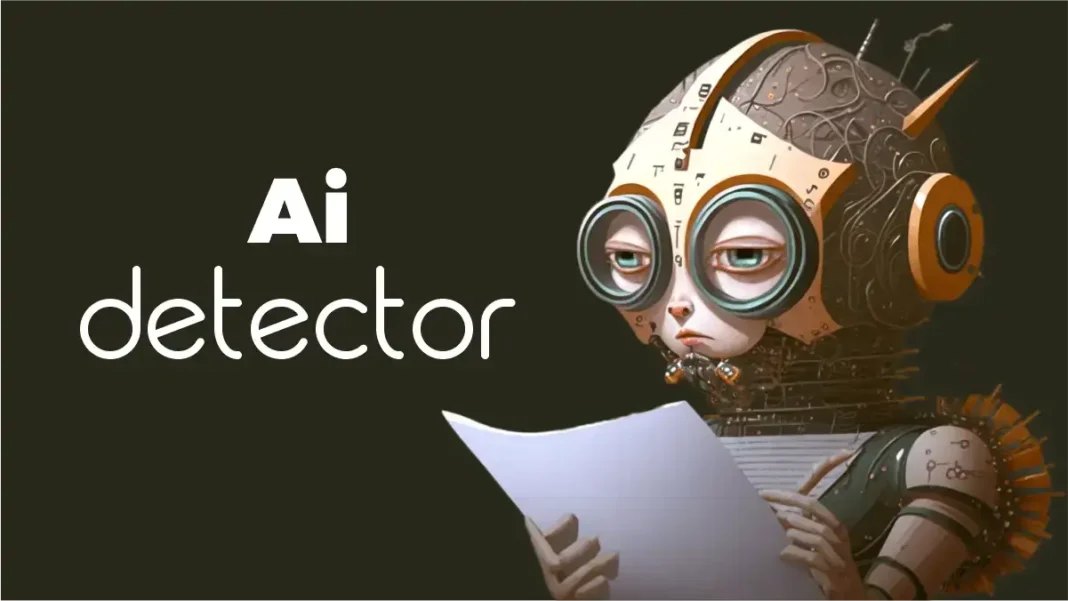In a world where AI-generated content is becoming indistinguishable from human writing, AI Detector tools have emerged as digital gatekeepers. These systems aim to identify whether a piece of text was written by a person or generated by artificial intelligence. But despite their growing popularity, they’re not infallible. In fact, recent studies from 2024 and 2025 reveal that even the most advanced detectors can misfire-flagging human writing as AI or missing AI-generated text entirely.
Let’s unpack how these tools work, why they’re not always accurate, and what the latest research tells us about their future.
How AI Detectors Analyze Text: Perplexity, Burstiness & Fingerprints
AI Detector tools rely on a combination of statistical analysis and machine learning classifiers to identify patterns in writing. Here’s how they break it down:
Core Detection Techniques
- Perplexity: Measures how predictable the text is. AI tends to produce low-perplexity content-predictable and statistically probable.
- Burstiness: Human writing varies in sentence length and rhythm. AI often generates uniform sentence structures.
- Vocabulary Distribution: AI models favor certain word choices based on training data, while humans show more randomness.
- Semantic Flow: AI tends to follow linear logic, whereas humans often include tangents or emotional nuance.
These metrics help detectors identify the “statistical fingerprint” of AI writing.
Why AI Detectors Aren’t Always Accurate
Despite their sophistication, AI Detectors face several challenges:
False Positives & Negatives
- False Positives: Human-written text flagged as AI. This is especially common in academic writing, which often mimics AI’s polished style.
- False Negatives: AI-generated content that slips through undetected, particularly when edited or paraphrased by humans.
Model Evolution
AI models like GPT-4 and Gemini are evolving rapidly. Detectors trained on older datasets may struggle to identify content from newer models.
Dataset Limitations
The accuracy of a detector depends heavily on its training data. Diverse, updated datasets improve performance, but many tools lag behind.
Mixed Authorship
When content is co-written by humans and AI, detectors often fail to make a clear judgment. This hybrid writing style is increasingly common in education and marketing.
What 2025 Research Says About AI Detector Accuracy
Recent studies from top institutions have benchmarked AI Detectors against real-world scenarios:
RAID Study (University of Pennsylvania, Carnegie Mellon)
- Evaluated 12 detectors across multiple domains.
- Originality.ai scored highest with 97.09% accuracy.
- GPTZero followed with 63.77% accuracy.
GenAIDetect Workshop (ACL Anthology, 2025)
- Tested detectors against evasion tactics and enhanced LLMs.
- Found “considerable unreliability” in real-world use cases.
- Called for more robust detection systems.
University of Wisconsin-Madison
- Studied how students use LLMs in academic work.
- Found that AI detectors often misidentify edited AI content.
These findings suggest that while AI Detectors are improving, they still require human oversight.
Ethical Implications of AI Detectors
Using AI Detectors isn’t just a technical decision-it’s an ethical one.
Academic Integrity vs. Student Rights
- Misidentification can damage reputations and academic records.
- Some universities are reconsidering their use of detection tools altogether.
Workplace Surveillance
- Employers using detectors to vet resumes or writing samples may unintentionally penalize candidates using AI responsibly.
Bias & Language Limitations
- Detectors may perform better in English than other languages.
- Writing styles outside the training data (e.g., poetic, regional dialects) are more likely to be misclassified.
Expert Insight
“AI detectors are useful, but they’re not a silver bullet. As AI models evolve, so must our tools-and our understanding of what authenticity really means.”
– Dr. Marisa Llorens Salvador, GenAIDetect 2025
People Also Asked
– How do AI Detectors work?
AI Detectors scan text for statistical patterns like perplexity and burstiness to determine if it was generated by AI.
– Are AI Detectors reliable?
Some tools like Originality.ai show up to 98% accuracy, but free detectors often miss 30–40% of AI content.
– Can AI Detectors flag human writing by mistake?
Yes. Academic and technical writing often mimics AI structure, leading to false positives.
– Should you trust AI Detectors?
Not entirely. They’re best used as part of a broader verification strategy, not as the sole authority.
Conclusion: A Tool, Not a Verdict
AI Detectors offer a glimpse into the origin of digital content, but they’re far from perfect. As AI writing tools become more sophisticated, detection systems must evolve in tandem. For now, the best approach is a hybrid one-combining automated detection with human judgment.
Whether you’re an educator, editor, or content creator, understanding how these tools work-and where they fall short-is essential. Because in the race between AI creation and AI detection, the finish line keeps moving.


